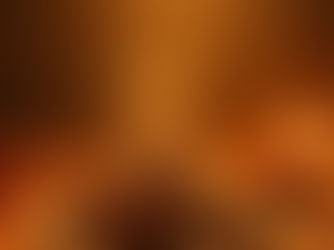The Power of Tarot: A Tool for Uncovering Your Deepest Desires and Truths
- Aishani Rishi

- Jan 5, 2024
- 3 min read
Updated: Jan 23, 2024
In a world of constant change and uncertainty, humans have always sought ways to gain insights into their lives, make informed decisions, and connect with their inner selves. One timeless practice that has captivated the imagination of people for centuries is Tarot reading. Steeped in symbolism and wrapped in an air of mystique, Tarot cards have been used as tools for divination, self-reflection, and personal growth. In this blog, we'll delve into the captivating realm of Tarot reading, exploring its history, significance, and how it can be a powerful tool for self-discovery.

A Brief History of Tarot
The origins of Tarot cards are shrouded in mystery, with their exact inception still debated among scholars. While some attribute their origin to ancient Egypt or the mystical traditions of the Middle East, the Tarot as we know it today began to take shape in Europe during the late Middle Ages. Originally used as playing cards, Tarot decks evolved into tools for divination and spiritual insight in the 18th century.
The Tarot Deck: Symbolism and Structure
A traditional Tarot deck consists of 78 cards, divided into two main categories: the Major Arcana and the Minor Arcana. Each card is adorned with intricate imagery and symbolism, designed to resonate with the subconscious mind. The Major Arcana comprises 22 cards, each representing a significant life lesson or archetypal experience, such as The Fool, The Magician, The Lovers, and The World. The Minor Arcana consists of 56 cards, divided into four suits (Cups, Swords, Wands, and Pentacles), each reflecting different aspects of life, emotions, thoughts, and material matters.
The Art of Tarot Reading
Tarot reading is an art that requires both intuition and knowledge of the card meanings. A Tarot reader, often referred to as a tarotist or card reader, interprets the cards drawn by a client or for oneself to gain insights into various aspects of life. There are numerous spreads, or arrangements of cards, that can be used to answer specific questions or provide general guidance. Each card's position in the spread, its symbolism, and its interaction with other cards contribute to the reading's overall message.
Empowerment and Self-Discovery
At its core, Tarot reading is not about fortune-telling but rather about gaining insight and empowerment. The cards serve as mirrors to reflect the inner thoughts, emotions, and subconscious desires of the seeker. Tarot readings can help individuals explore their strengths, weaknesses, hopes, and fears. By encouraging self-reflection and introspection, Tarot reading can lead to a deeper understanding of one's life path and provide guidance on how to navigate challenges and make informed decisions.
Ethical Considerations
It's important to note that while Tarot reading can be a transformative and insightful practice, it should be approached with responsibility and ethical considerations. Tarot readers should respect the privacy and emotions of their clients, provide balanced interpretations, and avoid instilling unnecessary fear or anxiety.
Conclusion
In a world where we are constantly seeking guidance and meaning, Tarot reading stands as a bridge between the conscious and subconscious mind. Its rich symbolism and ability to tap into the collective unconscious make it a valuable tool for self-discovery, personal growth, and navigating life's twists and turns. Whether you're drawn to its mystical allure or its potential for introspection, Tarot reading offers a profound journey into the depths of the human experience. So, the next time you find yourself facing a crossroads or seeking clarity, consider turning to the captivating world of Tarot for a glimpse into the mysteries of your own soul.










Comments